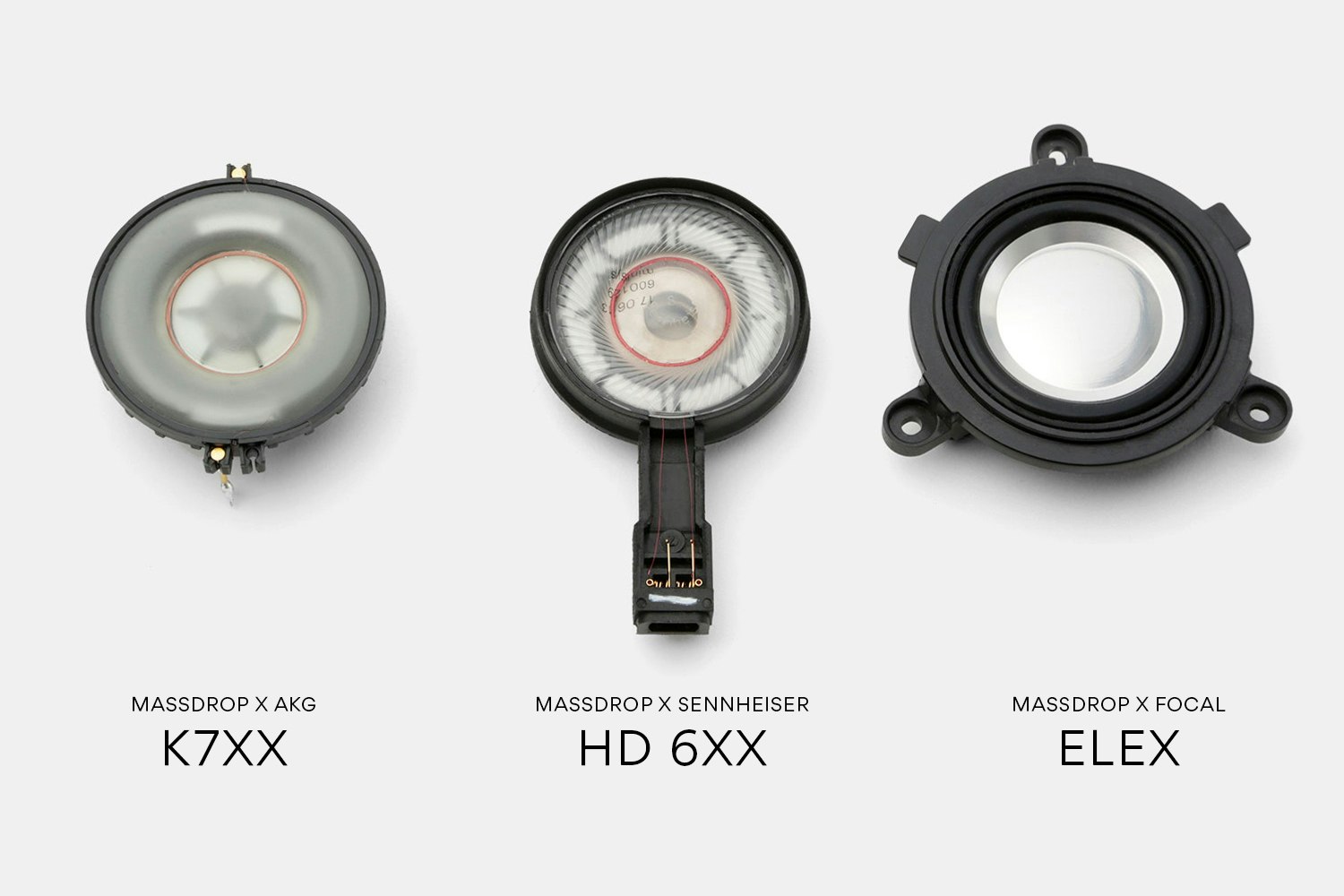I got some shower thoughts!
bass definition is related to the drivers speed so it every bass notes are well defined and not muddied with the other and this require speed so the driver can keep up with multiple bass notes.
For the bass punch and impact it's actually related to the driver stiffness only!. Let's see why planars and estats don't have the same bass impact ? they are faster than dynamics and can get very loud for the mid bass and they actually have bigger surface area so they have more overall combined extrusion travel distance. The main difference aside from the fact they are bipolar is their drivers are not stiff at all!, because of that they deliver bass incrementally in a kinda wiggly motion and not as one straight motion of stiff dynamic drivers, even if their drivers and bass is extremely fast it's not as impactful because it's incrementally delivered.
I think my shower thought is true
note: I am talking about the driver design and not the electronics, they have a significant rule I am sure but here I am discussing the driver design only.
bass definition is related to the drivers speed so it every bass notes are well defined and not muddied with the other and this require speed so the driver can keep up with multiple bass notes.
For the bass punch and impact it's actually related to the driver stiffness only!. Let's see why planars and estats don't have the same bass impact ? they are faster than dynamics and can get very loud for the mid bass and they actually have bigger surface area so they have more overall combined extrusion travel distance. The main difference aside from the fact they are bipolar is their drivers are not stiff at all!, because of that they deliver bass incrementally in a kinda wiggly motion and not as one straight motion of stiff dynamic drivers, even if their drivers and bass is extremely fast it's not as impactful because it's incrementally delivered.
I think my shower thought is true
note: I am talking about the driver design and not the electronics, they have a significant rule I am sure but here I am discussing the driver design only.



 Besides the huge difference in size, the Focal diver has the dome radiating up towards the outer cone. With speakers the dome is only there to cover where the voice coil is. My 12" subwoofer driver is only a concave dome (there is no protruding dome).
Besides the huge difference in size, the Focal diver has the dome radiating up towards the outer cone. With speakers the dome is only there to cover where the voice coil is. My 12" subwoofer driver is only a concave dome (there is no protruding dome).
